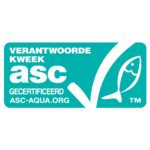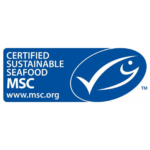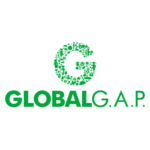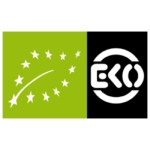Coho salmon
Pacific Ocean, north-east (FAO 67)
Gillnets
- Jan
- Feb
- Mar
- Apr
- May
- Jun
- Jul
- Aug
- Sep
- Oct
- Nov
- Dec
There are many species that belong to the Salmonids or (Protacanthopterygii). Did you know trouts, smelts, and even pikes belong to the Salmon family? Salmonids occur in either salt and freshwater. Most species are well-specialized predators and live in temperate climate zones. Salmonids are ray-finned fishes and can be distinguished by the ‘fat-fin’ between the backfin and tail. They do not have spikes and the pelvic and pectoral fin are separated.
Salmonids are sold farmed and wildcaught. Wildcaught salmon comes from the Pacific. Almost all Atlantic salmon on sold is farmed. Since the 90s the farming of salmon increased dramatically. Norway, chile, Scotland, Canada and the Faroe islands are important farming countries for salmon. In both, wild-caught and farmed salmon problems in sustainability are prevalent.
The coho salmon can mainly be found in coastal waters. The distribution of the coho salmon ranges from Alaska to California in the east and from Siberia to Japan and northwest China in the west. The coho salmon can reach an average length of 70 cm and can weigh 3.2-5 kilograms. Zalmen zijn zogenaamde anadrome vissen. Dit betekent dat ze geboren worden in zoetwater en vervolgens naar zee trekken, waar ze verder opgroeien. Na 1-8 jaar keren de volwassen zalmen weer terug naar het zoete water om zich voort te planten. Zalmen planten zich maar één keer voort en sterven kort na de voortplanting.
Pacific Ocean, north-east (FAO 67)
Gillnets
Pacific Ocean, north-east (FAO 67)
Purse seines, Hooks and lines, Gillnets
Pacific Ocean, north-east (FAO 67)
Deelgebieden: British Columbia
Hooks and lines
Pacific Ocean, northwest (FAO 61)
Pots and traps
Pacific Ocean, north-east (FAO 67)
Deelgebieden: Alaska, EEZ
Purse seines
Pacific Ocean, north-east (FAO 67)
Deelgebieden: British Columbia
Gillnets
Pacific Ocean, northwest (FAO 61)
Gillnets
Pacific Ocean, northwest (FAO 61)
Driftnets

Fish with the ASC label is farmed in a sustainable manner.

Fish with the MSC label is caught sustainably.
This fish is not being overfished or is being responsibly farmed, with minimal impact on the environment.
This fish is a second choice. There are still some improvements to be made in this fishery or fish farm.
Do not buy this fish. It's being overfished or the way it's farmed or caught has a negative impact on the environment.

There is fish available of this species that is farmed or caught using high welfare standards.

GlobalG.A.P. certified farms are doing a step in the right direction in terms of sustainability. A few species with this label are getting a better score on the VISwijzer.

Organic standards are the strictest when it comes to fish feed. They also require certain measures for animal well-being.